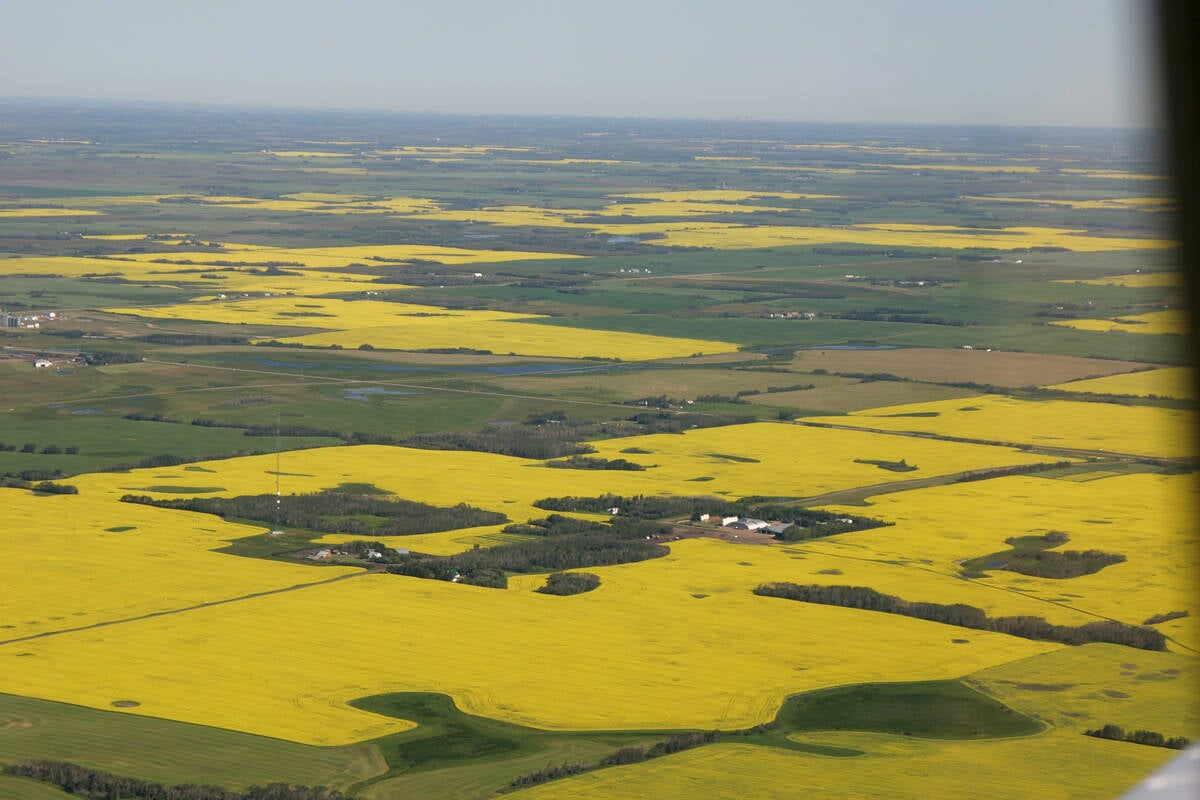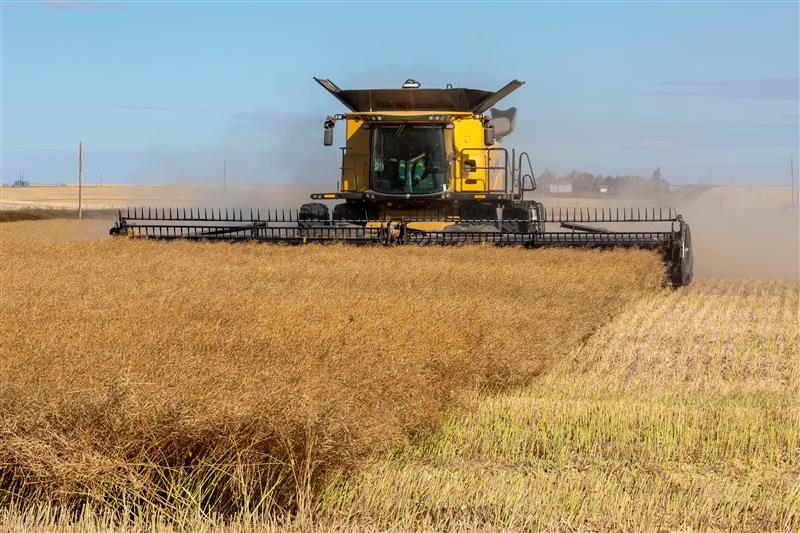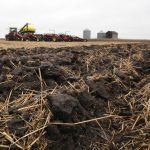New U of C report finds that termination of the program hasn’t allowed the feeding sector to fully address the cattle backlog caused by COVID
An extension of the federal-provincial cattle set-aside program would benefit the sector by providing more security against price pressure should processing plants experience further shutdowns, a study suggests.
The program provided funds to cattle feeders so they could hold back cattle when packing plants slowed production or temporarily closed last year due to COVID-19 outbreaks among workers. It ended in January and payments will finish at the end of the governments’ fiscal year.
A study published last week by the University of Calgary’s Simpson Centre showed the set-aside program provided reasonable support to the cattle-feeding sector, which suffered major losses due to a 2020 reduction in prices coupled with higher feeding costs. However, it did not include support for the cow-calf sector, which also experienced the effects of lower prices.
Read Also

Increasing farmland prices blamed on investors
a major tax and financial services firm says investors are driving up the value of farmland, preventing young farmers from entering the business. Robert Andjelic said that is bullshit.
“We’ve seen more stability in pricing over the winter, through December and January, and that’s good. It gives feedlots the ability to hold back and not be so concerned about price,” said report author and Simpson Centre project co-ordinator Karen Spencer.
The study calculated that reduced market demand from processors caused an average 2020 farmgate slaughter beef price that was 4.4 percent lower than the 2019 average price. Feedlot gross revenues were $379 million lower compared to 2019, for a 6.7 percent reduction in income.
Prices for feeder cattle sold by cow-calf producers fell by 2.8 percent compared to 2019.
Termination of the set-aside program hasn’t allowed the feeding sector to fully address the backlog of cattle that developed last year when Cargill at High River, Alta., closed for two weeks and JBS in Brooks, Alta., operated at greatly reduced capacity for several months.
Given that circumstance, Spencer deemed the January end of the set-aside program as arbitrary.
“(It) still leaves us with some excess cattle in the system for processing, which again could hit the market and impact prices. So recommendations would be continue that program for another three to six months at least, to continue the positive effect it’s had,” she said.
“It has had a good effect even if it’s only targeted at one part of the supply chain. If we impact the cattle feeders’ prices, then we impact the calf prices and that’s a good thing.”
Canadian Cattlemen’s Association executive vice-president Dennis Laycraft said his organization has recommended to government that the set-aside program should remain available so it can be accessed quickly if the need arises.
“It served its purpose,” Laycraft said about the program.
“We asked for it on April 5. They made the announcement of funding on May 5 and it wasn’t available until around June 5. So when we could have really used it was that sort of early part of May. We were concerned that we could see massive slowdowns in the plants and obviously that came to happen with Cargill closing down and JBS dropping down to about a 25 percent capacity for a short period of time.”
Spencer said it has merit.
“We look at how long it took to implement last year and there was that period from March to June where we knew that this issue was happening but (the set-aside) was not yet in place. It took some time for the government to get the official system set up and running.
“They did make payments for some cattle in that period, which was good, but there is an argument for having something like that, the skeletal structure and the system somewhat ready and waiting so it could be perhaps utilized a little bit more efficiently.”

















